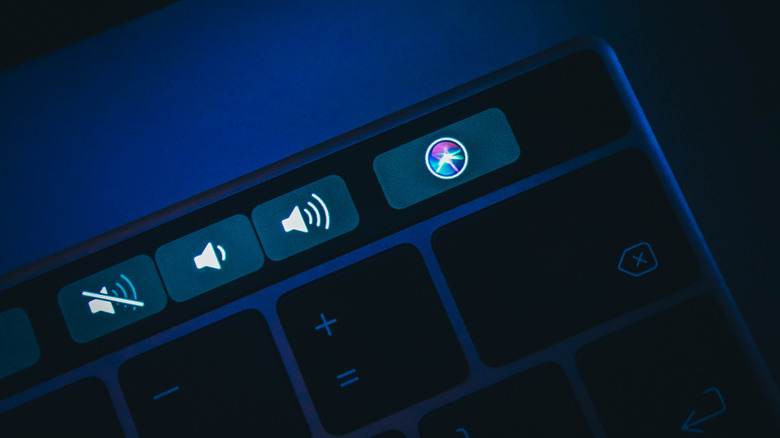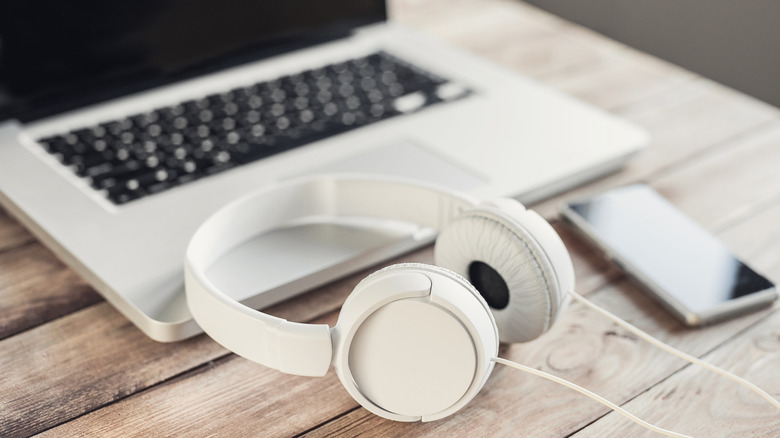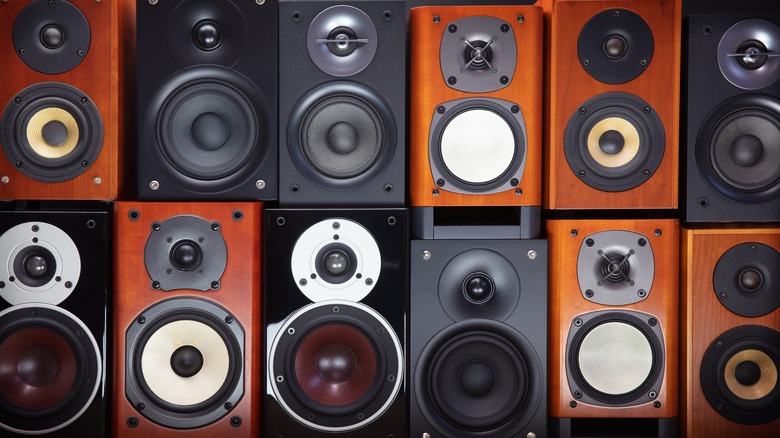Can't Hear Anything On Your Mac? Try These Fixes
It's possible to boost your Mac's audio beyond 100% (with the help of some third party apps), but what if your audio dips in the opposite direction? What do you do if the sound suddenly stops coming through your built-in or external outputs — whether you're using speakers or even your own iPhone?
The good news is there's no need to panic. In most cases an unexpected lack of system audio isn't the result of an error, bug, or glitch. Most of the time it's due to accidental setting changes or forgetting to disconnect a separate audio output device.
With that said, if your Mac stops playing audio and none of the troubleshooting steps below are able to get the sound working again, there is a chance that the issue is tied to the hardware and will be much more tricky to take care of on your own. In that case, we recommend getting in touch with Apple Support.
Basic troubleshooting you can try
A lack of sound is most likely caused by something simple but easily overlooked, so here are some basic steps to try:
- Check your sound settings by clicking on the Apple menu icon in the top-right corner of the screen and selecting System Settings (or System Preferences, depending on your version of macOS).
- Select Sound from the System Settings menu, then choose the Output tab and find the Type category. Make sure your Mac's built-in speakers are selected for audio output.
- Scroll down to find a volume slider and a Mute checkbox towards the bottom of the menu. Make sure Mute isn't turned on (or uncheck the box if it is), and click and drag the Output volume slider to the right to increase the volume, then test your audio again.
There's also a chance your Mac's volume was simply lowered or muted by accident (cats crossing the keyboard, a slip of the hand, etc). Use the volume controls (they could be physical buttons or icons on the keyboard's touch bar, depending on your model) to increase the volume or unmute the audio and see if that fixes the problem.
Check your connected devices
Sound can also appear muted or otherwise inoperable when it's being piped through a different audio output device you may not be expecting. It's somewhat comparable to an iPhone getting stuck in headphone mode, except it's not a bug so much as the Mac not being able to intuit that you want to play audio through the system speakers instead of a pair of connected headphones. So verify whether or not the audio is being routed through an external device before doing anything extreme.
- Unplug any audio devices that are plugged into your Mac via USB or a 3.5mm headphone jack and try playing audio again.
- If you're using a HDMI- or USB-connected external display with its own built-in speakers, unplug them and test the audio again.
- Disconnect wireless audio devices by clicking the Apple menu icon in the top-right corner of the screen and selecting System Settings (or System Preferences) and choosing Bluetooth from the menu bar on the left side of the window.
- Locate your connected wireless audio devices under My Devices and click the Information icon (it looks like an "i" in a circle), then choose Disconnect.
If audio does come through with all of your devices disconnected, you're good to go. Just remember to disconnect your devices ahead of time when you plan to use your Mac's built-in system audio again in the future.
External speaker problems
Speakers that aren't directly built into your Mac or MacBook may also act up, in which case here's how to set them straight:
- If you're using a Mac display with its own separate speakers, disconnect any other audio devices that might be plugged into the display (headphones, other speakers, etc). Then double-check that the connection cables between your Mac and the display is nice and snug.
- Click on the Apple menu item in the top-left corner of the screen and select System Settings (or System Preferences), then choose Sound from the left-hand menu sidebar. Choose Output from the menu, and make sure Speakers (for your Mac model) are selected as your output device.
- If you're using external speakers, click the Apple menu icon in the top-right corner and select System Settings (or System Preferences), then choose Sound from the menu sidebar. Select Output and verify that the speakers are selected as your output device.
- Press and hold Option on the keyboard and select the Apple menu icon (or click the Apple menu icon and then press and hold Option), then choose System Information from the drop-down menu. In the Hardware section, locate and click USB to display connected USB devices and check for your speakers. If they aren't in the list, disconnect them and plug them back in.
For speakers connected via the Audio Output port, make sure the connections aren't loose and if the speakers require a separate power cable, check that it's fully plugged in. Some external speakers may also need to be turned on before they work, so make sure they're on and that the volume is turned up high enough for sounds to be audible.



